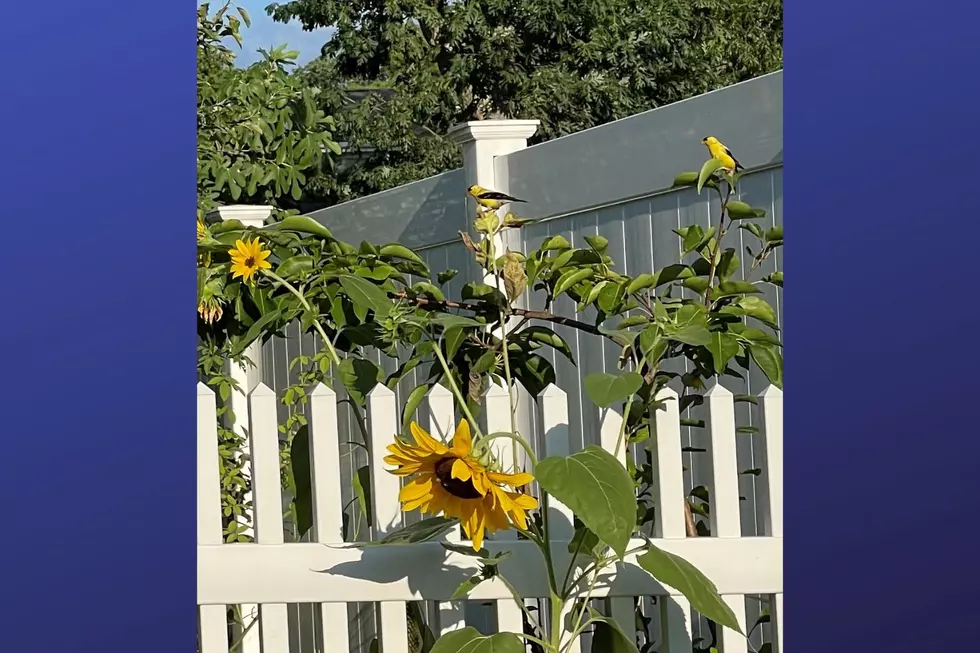
Summer’s end is near but autumn is a great time to keep planting in NJ
Summer may be coming to an end, but that doesn’t mean New Jersey residents have to throw in the towel on their gardens, whether it’s plants, flowers, or vegetables.
There is still plenty of gardening that can be done for an awesome autumn garden.
Crops like radishes, kale, and lettuce are cool-season crops that thrive when the nights get cooler and there is still plenty of daylight for them to grow, said Lauren Errickson, director of Rutgers Gardens and Campus Stewardship at Rutgers University.
For soil improvement, this is a great time of year to add finished compost, she said. So, if gardeners have been working their own compost pile, they can add some of that to the soil, or they can find finished bagged compost at a local garden center.
What makes for a great fall garden?
Mums are the most common flowers planted in the fall. Errickson said they come in all different colors like white, yellow, orange, red, and purple, and they come in all different sizes and shapes. Mums are always a nice addition to a fall garden.
She said this is also a good time of year to start thinking about next season.
“So, getting spring flower bulbs, like daffodils, tulips, and hyacinths in the ground in October works really well for spring color,” Errickson said.
Also, a lot of people may not know that this is a great time of year to plant perennial flowers that would be potted from a local nursery right now, she added. They might actually have some blooms on the plants that gardeners can enjoy this fall. But, next year, the plants will come back even stronger with even more blooms this time of year.
Fall is also a wonderful time of year to plant garlic, Errickson said. In New Jersey, late October/early November is the ideal window to plant garlic.
Garlic bulbs are planted in the soil, covered with some compost and a strong mulch. It’s also a great way to repurpose fall decorations. If you had a bale of straw to set pumpkins on with cornstalks and scarecrows, the straw mulch can be used to cover the garlic, she added.
In the spring, the garlic shoots start emerging and the garlic is ready to harvest usually in late July/early August, she said.
It is, however, too late to plant pumpkins. She said it’s wise to plant these seeds in June, so they can harvest come fall.
What should we do with our summer flowers?
Errickson said this is a great time of year to think about feeding the birds with some of our summer flowers.
She is leaving her sunflower stalks standing. She’s seen goldfinches enjoying the seeds almost every evening.
If anyone has perennial plants like echinacea, rudbeckia, or other coneflowers that are producing seeds, the birds really enjoy them, Errickson said.
Leave them standing through most of November. Rather than cutting them back right now, cut them back before the first snowfall to clean the garden out at that point, she suggested.
If your summer herbs are already potted, Errickson said you can move them inside to continue harvesting them, like basil.
Usually, for perennial herbs like sage, thyme, and rosemary, the best thing to do (if they are planted in the ground or a container with a good amount of soil), leave them outside. They can continue to be harvested outside through most of the fall, until the first frost or heavy snowfall.
These herbs will keep some green on the plants that can continue to be harvested, she said. Gardeners can even dry them if they wish. Hanging bunches of sage, rosemary, and lavender in dry air, and out of direct sunlight, should dry them out quickly and then these dried herbs can be used throughout the winter.
What does letting the soil breathe mean?
Letting the soil breathe is the same as soil aeration. Errickson suggested doing soil aeration in the spring, rather than the fall.
“When I’m getting ready to plant annual crops in April, May, and early June depending on what I’m planting, I would use a heavy-duty garden fork to stick into the soil, rock it back a little bit, and not even fully turn over, but just lift the soil a little bit to aerate in the spring for planting,” Errickson said.
But at this time of year, to get the garden fall-ready, aside from adding compost to the garden beds, Errickson said to think about adding some mulch to areas where summer plants have been pulled out of the garden.
Covering what’s now bare soil with mulch will help keep that soil in place as the wind picks up and heavy rains may erode the soil, she said.
A layer of mulch like straw or wood chips will help keep that soil preserved for the spring.
Early autumn is a good time to keep planting, so have fun getting creative to bring out the best fall colors and veggies!
Jen Ursillo is a reporter and anchor for New Jersey 101.5. You can reach her at jennifer.ursillo@townsquaremedia.com
KEEP READING: Scroll to see what the big headlines were the year you were born


